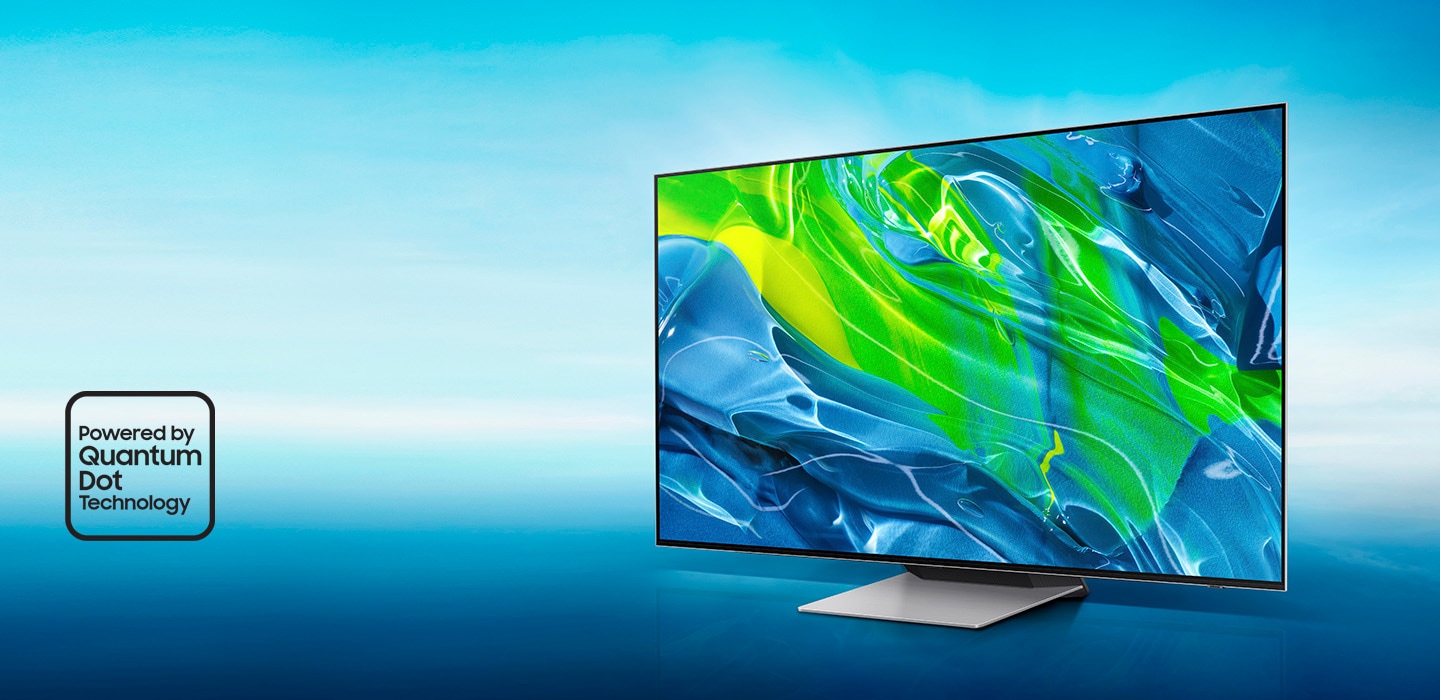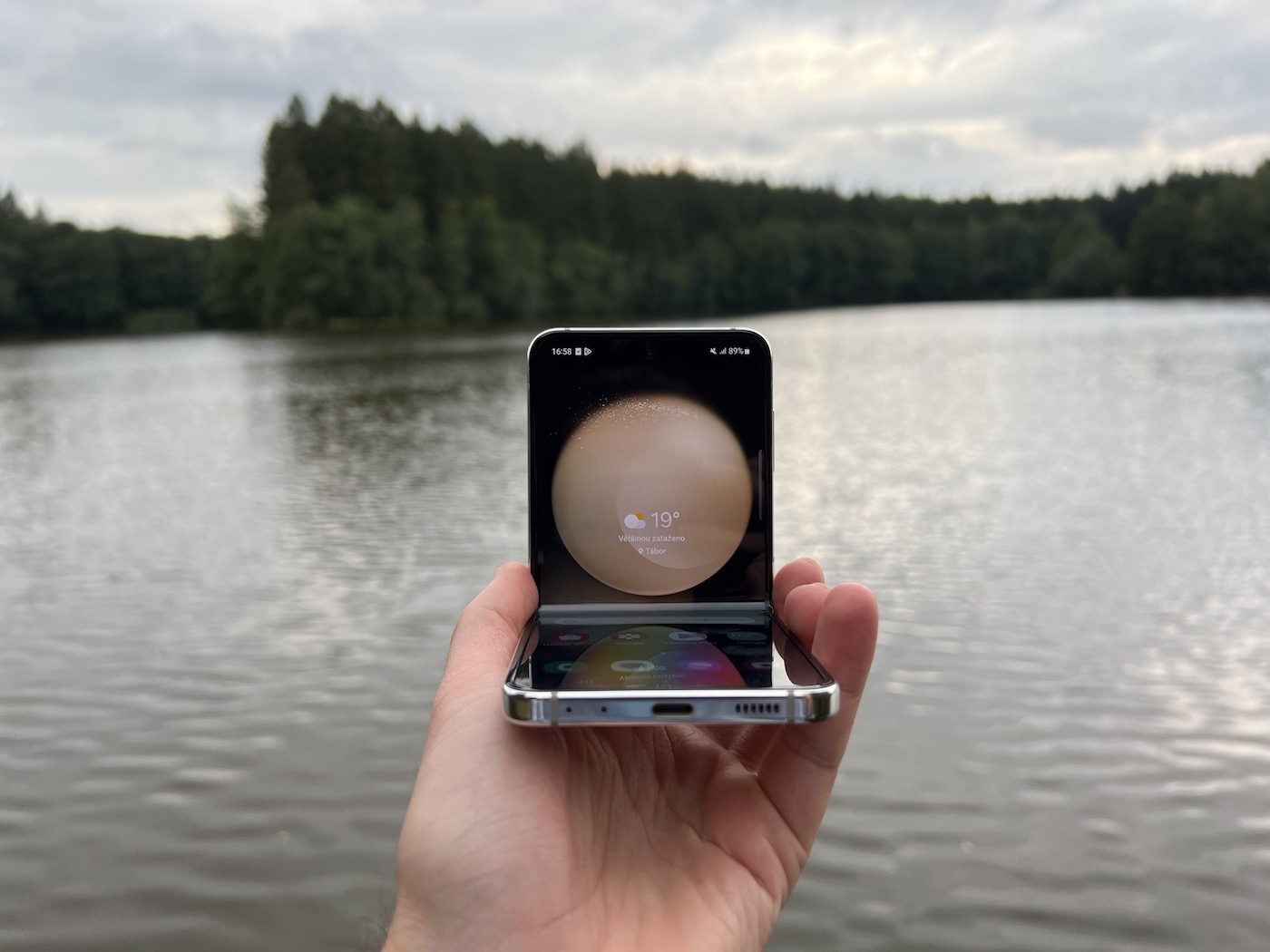Displays from Samsung enjoy worldwide popularity. We can find them on a number of different devices, where they dominate especially in the case of smartphones or televisions. However, the public's attention is currently focused on the Samsung OLED Powered by Quantum Dot technology, which promises a significant shift in quality. In this article, we will therefore focus on how this technology actually works, what it is based on and what its main advantages are.
In this case, the light source is made up of individual pixels, which, however, only emit blue light. Blue light is the strongest source ensuring higher luminosity. Above it is a layer called Quantum Dot, i.e. a layer of quantum dots, through which blue light passes and thus creates the final colors. This is a rather interesting approach that takes the quality of screens to a whole new level. However, it is necessary to be aware of one rather fundamental feature. Quantum Dot is not a filter. The filter has a major impact on the resulting quality, as it generally reduces brightness and causes RGB fluctuations. Quantum Dot is therefore referred to as a layer. The blue light passes through the layer without any loss of brightness, when the wavelength of the light, which determines the specific color, is determined by individual Quantum Dot points. So it is still the same and unchanging over time. In the end, it is a significantly better and higher quality display technology, which noticeably surpasses, for example, traditional LCD. The LCD requires its own backlight, which is not present in this case at all. Thanks to this, the display with Quantum Dot technology is much thinner and also achieves the already mentioned higher brightness.
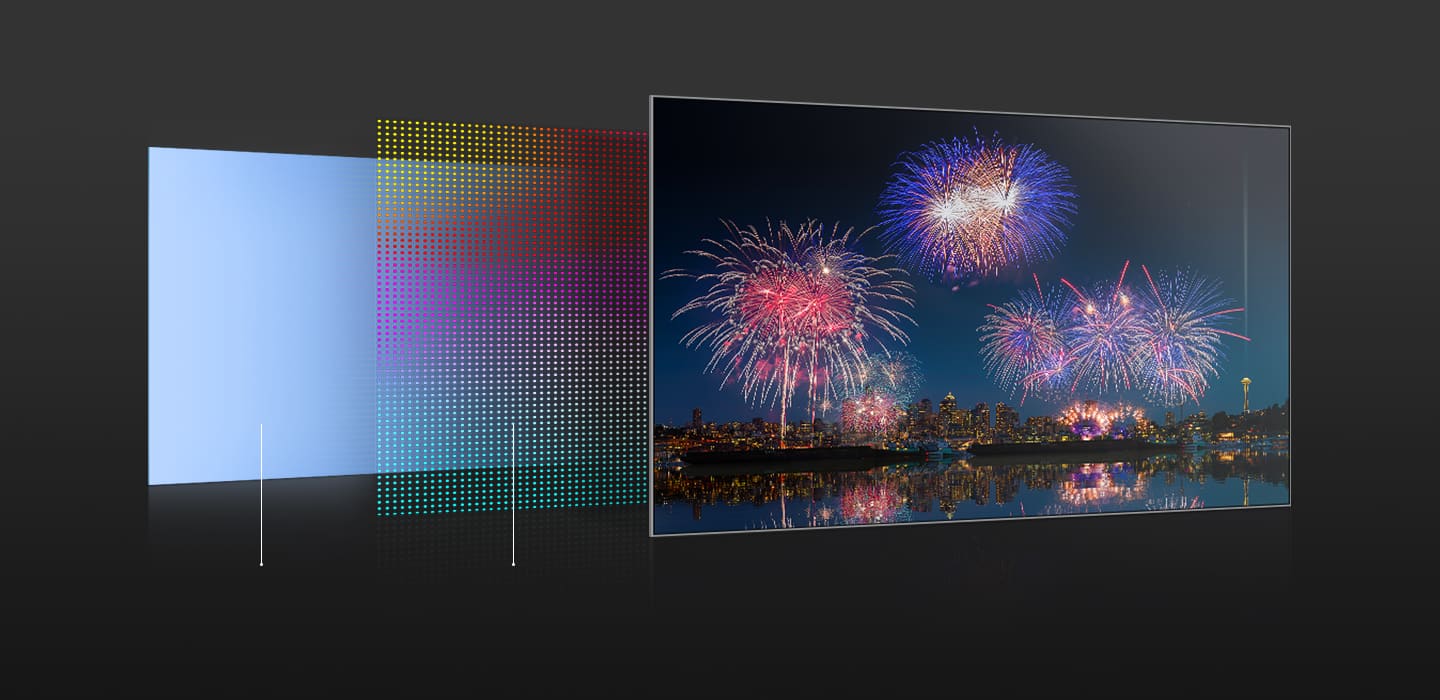
The technology also plays a vital role in the overall rendering of colors. The blue light source achieves maximum purity, as does the Quantum Dot layer, thanks to which the resulting image is wonderfully colorful and significantly more vivid compared to traditional screens. This also has a strong effect on viewing angles – in this case, the image is perfectly clear from practically all angles. A certain dominance can also be observed in the case of the contrast ratio. When we look at traditional LCD displays, their main problem lies in the aforementioned backlight, which must always be active. For this reason, the brightness of individual pixels cannot be adjusted individually, which makes it impossible to render a true black. On the contrary, in the case of Samsung OLED Powered by Quantum Dot, it is the opposite. Each pixel can be adapted to the given conditions and if you need to render black, simply turn it off. Thanks to this, the contrast ratio of these displays reaches 1M:1.
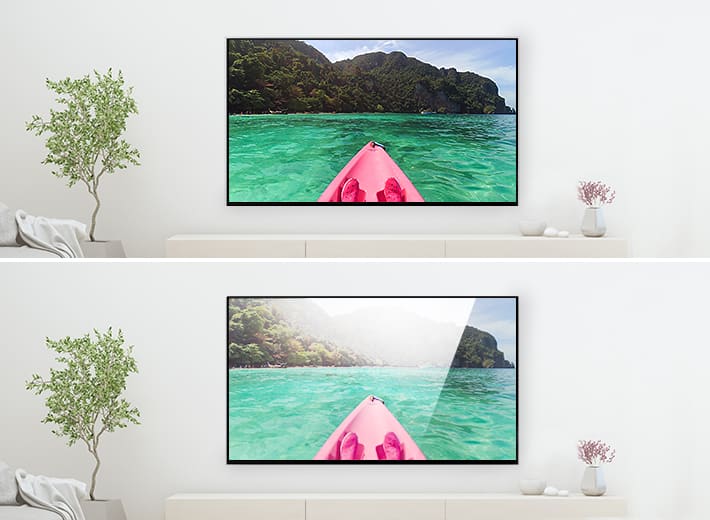
Benefits of Quantum Dot
Now let's shine a light on the explained benefits of OLED display technology with Quantum Dot. As we already indicated above, this technology significantly advances the quality of displays by several steps. But what exactly does it dominate and how exactly does it outperform competing solutions? That's exactly what we're going to shed light on together now.
Colors
We have already discussed the effect of Quantum Dot technology on colors slightly above. In short, it can be said that through the special layer a there is no color distortion. On the other hand, the colors are accurate under all conditions – day and night. Their volume is therefore 100% even in the case of OLED panels. After all, this is also confirmed by the Pantone certification. Pantone is the world leader in color development.
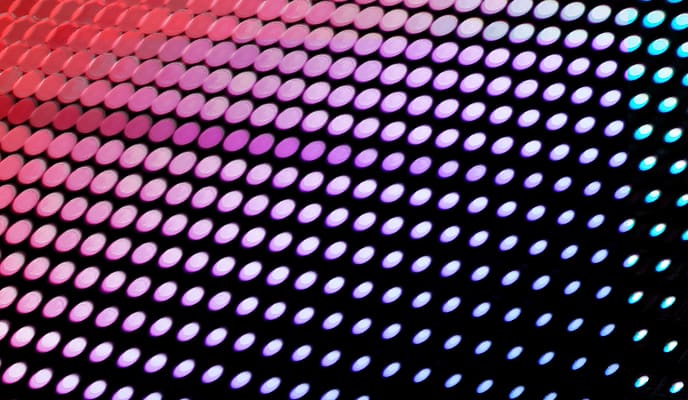
sheepfold
A huge advantage of Quantum Dot also lies in the significantly higher brightness. Thanks to this, the respective Samsung OLED Powered by Quantum Dot TVs reach a brightness of up to 1500 nits, while regular OLED panels (in the case of TVs) normally offer around 800 nits. Samsung thus managed to completely break the rule according to which OLED TVs were intended primarily for watching multimedia content in a darker environment, or in the evening. This is no longer the case - the new technology guarantees a flawless experience even when watching in a lit room, for which we can be grateful for the higher luminance.
This also has its justification. Competing OLED TVs work on a different principle, when they specifically rely on RGBW technology. In this case, each pixel generates an RGB color, with a separate white subpixel being activated to display white. Of course, even this method has certain advantages. For example, the control of the backlight of an OLED TV takes place at the level of every single pixel, or to render black, the pixel is switched off straight away. Compared to traditional LCD, however, we would also find certain disadvantages. These mainly consist of lower brightness, worse gradation of gray color and worse presentation of natural colors.
Samsung S95B
All the benefits of Samsung OLED Powered by Quantum Dot can be found, for example, in this year's TV Samsung S95B. This is a 55″ and 65″ TV that is based on the mentioned technology and 4K resolution (with up to 120Hz refresh rate). Thanks to this, it is characterized not only by faithful rendering of black, but also by excellent color rendering, a crystal clear image and significantly greater luminosity. But to make matters worse, in the case of this model, a gadget called the Neural Quantum Processor 4K plays a relatively important role, with the help of which colors and brightness are significantly improved, specifically with the help of neural networks.
